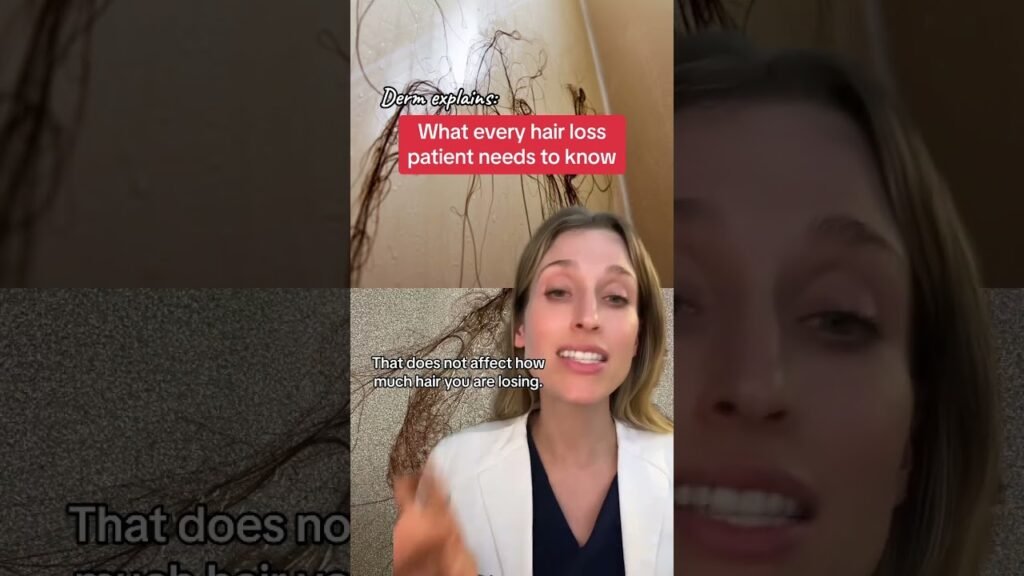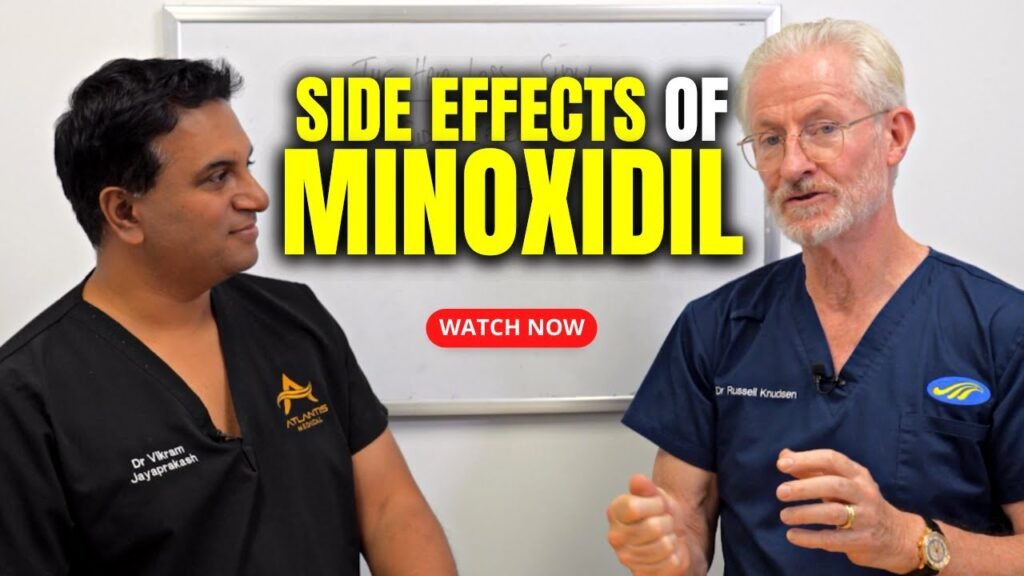Understanding the Minoxidil Shedding Phase: What to Expect
When starting a Minoxidil treatment for hair loss, many users experience an initial increase in hair shedding, often causing concern and confusion. This phenomenon, known as the Minoxidil shedding phase, is a temporary process that typically occurs within the first few weeks to months of use. Its important to understand that this phase is a normal part of the hair growth cycle and is usually an indication that the treatment is beginning to work.
During the shedding phase, you may notice an increase in hair loss as Minoxidil accelerates the natural hair growth cycle. Hair follicles enter the anagen (growth) phase more quickly, pushing out the old, thinner hairs to make way for newer, thicker strands. This can be alarming, but its essential to remember that shedding is a sign that the follicles are responding to the treatment. Its also worth noting that not everyone will experience noticeable shedding, as individual responses to Minoxidil can vary.
While the shedding phase can be unsettling, it typically lasts only a few weeks. As new hair begins to grow, you should start to see improvements in hair density and thickness. Its crucial to maintain consistency in your Minoxidil application during this time to maximize results. If shedding persists beyond a few months or is accompanied by other concerning symptoms, it may be wise to consult a healthcare professional to ensure there are no underlying issues.
Identifying Common Symptoms of Minoxidil Shedding
Minoxidil shedding is a common occurrence that can cause concern for individuals using this popular hair regrowth treatment. Understanding the symptoms of minoxidil shedding can help users differentiate between normal hair loss and the effects of the medication. One of the primary indicators is an increase in hair fall, typically occurring within the first two to eight weeks of starting treatment. This shedding is a temporary phase where old hairs are pushed out to make room for new growth. Its crucial to recognize this as a normal part of the hair regrowth cycle rather than a sign of treatment failure.
Another symptom to watch for is the change in the texture and thickness of the hair being shed. During minoxidil shedding, you might notice that the hairs falling out are finer or shorter than usual. This is because minoxidil stimulates the hair follicles, encouraging them to cycle through the growth phases more rapidly. As a result, the new hair that eventually grows back is often healthier and thicker. Its important to remain patient and consistent with the treatment during this period to achieve the desired results.
In addition to increased hair fall and changes in hair texture, some users may experience a tingling or itching sensation on the scalp. This can occur as the hair follicles become more active and begin to produce new hair. While this sensation can be uncomfortable, it is generally not a cause for concern unless accompanied by severe irritation or an allergic reaction. If any severe symptoms occur, it is advisable to consult a healthcare professional to ensure proper guidance and treatment. By recognizing these common symptoms of minoxidil shedding, users can better manage their expectations and continue their hair regrowth journey with confidence.
How Long Does the Minoxidil Shedding Phase Last?
The minoxidil shedding phase is a common concern for individuals beginning treatment with this popular hair regrowth solution. Typically, this phase occurs as a temporary response to the medication and is a sign that the product is starting to work. The shedding phase usually begins within the first two to eight weeks of treatment. While it can be alarming to see an increase in hair loss during this time, it is essential to understand that this is a normal part of the process.
Understanding the Shedding Timeline
The shedding phase can last anywhere from a few weeks to several months, with most people experiencing shedding for approximately two to four weeks. During this period, hair follicles are transitioning from the resting phase to the growth phase, which can result in the temporary loss of older hairs. It is crucial to continue using minoxidil consistently during this time to ensure optimal results, as stopping the treatment could interrupt the hair growth cycle and lead to further hair loss.
For some individuals, the shedding phase might extend beyond the initial weeks. If shedding continues beyond three to four months, it may be beneficial to consult with a healthcare professional to assess whether minoxidil is the appropriate treatment for your hair loss condition. In most cases, however, the shedding phase is a temporary hurdle, and users will start to notice new hair growth as the follicles adjust to the treatment.
Managing and Reducing Minoxidil Shedding Symptoms
Experiencing shedding while using minoxidil can be concerning, but understanding how to manage and reduce these symptoms can make the process smoother. Minoxidil shedding is often a temporary phase where hair follicles undergo a renewal cycle, making way for healthier hair growth. To manage this, its crucial to maintain a consistent application routine. Applying minoxidil as directed, usually twice daily, ensures that your scalp receives the proper stimulation it needs to foster new growth and mitigate excessive shedding.
Additionally, integrating a supportive hair care regimen can significantly reduce shedding symptoms. Opt for gentle, sulfate-free shampoos and conditioners that nourish the scalp without causing irritation. Scalp massages can also enhance blood circulation, promoting healthier follicles and reducing the impact of shedding. Incorporating a diet rich in vitamins and minerals, particularly those known to support hair health like biotin, zinc, and vitamin E, can further bolster the hairs resilience during the shedding phase.
Monitoring and Adjusting Your Routine
Monitoring your progress is key in managing minoxidil shedding. Keep track of any changes in your hair density and shedding patterns to determine if adjustments are necessary. If shedding persists beyond a few months, it might be worth consulting with a dermatologist to explore additional treatments or modifications to your regimen. They may recommend combining minoxidil with other topical treatments or suggest oral supplements to enhance results and reduce shedding.
Lastly, patience and consistency are paramount. Understanding that shedding is often a sign that minoxidil is working can alleviate concerns. By staying committed to your treatment plan and making informed adjustments, you can effectively manage and reduce minoxidil shedding symptoms, paving the way for healthier hair growth.
When to Seek Professional Advice During the Minoxidil Shedding Phase
Understanding when to seek professional advice during the minoxidil shedding phase is crucial for ensuring the best outcomes in your hair regrowth journey. Although shedding is a common initial reaction to minoxidil, there are certain scenarios where consulting a healthcare professional becomes necessary. If you notice excessive hair loss that persists beyond the typical shedding period of 2-8 weeks, it may be time to reach out to a dermatologist or trichologist. They can assess whether the shedding is within normal limits or if another underlying issue might be contributing to the hair loss.
Signs That Warrant Professional Consultation
There are specific signs during the minoxidil shedding phase that may indicate the need for professional advice. If the shedding is accompanied by other symptoms such as scalp irritation, redness, or severe itching, it’s important to seek guidance. These symptoms could suggest an allergic reaction or sensitivity to the product. Additionally, if you experience patchy hair loss or notice that your hair is thinning significantly in areas not previously affected, a professional evaluation can help determine if another condition is at play.
When Hair Growth Does Not Resume
Typically, after the initial shedding phase, hair growth should resume, often with noticeable improvement. However, if you find that new hair growth does not occur after several months of consistent use, consulting with a professional is advisable. A dermatologist or hair specialist can help evaluate whether minoxidil is the right treatment for you or if alternative therapies should be considered. They can also ensure that there are no other factors, such as nutritional deficiencies or hormonal imbalances, impacting your hair growth.


